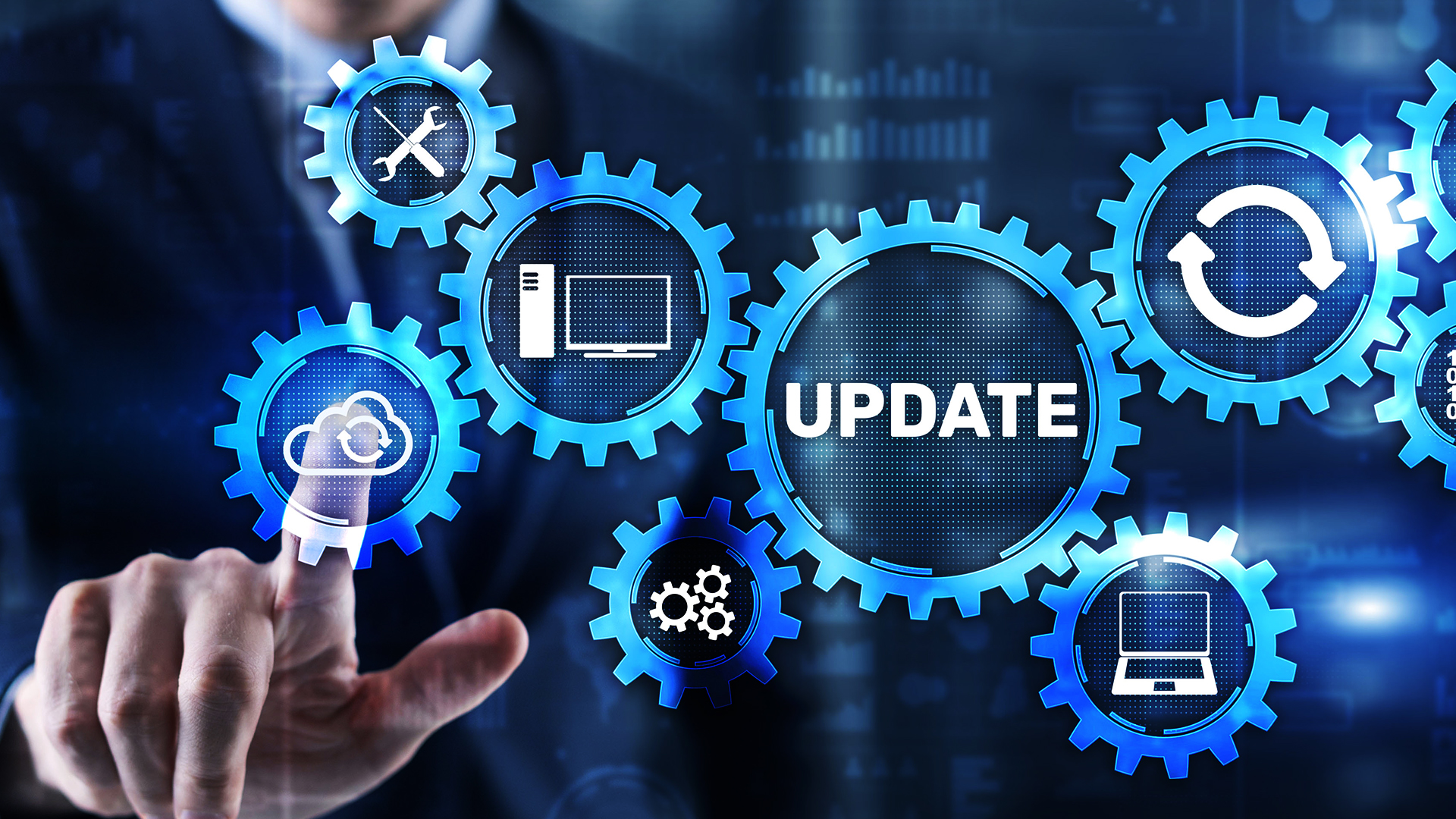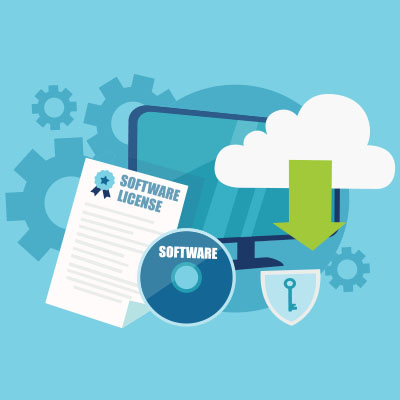As we approach the final quarter of the year, businesses across all industries often face a surge in activity. Whether it’s closing deals, processing data, or ramping up production, the demands on your IT infrastructure can escalate quickly. Ensuring that your systems are robust enough to handle these pressures is crucial to maintaining smooth operations and avoiding costly downtime. In this blog, we’ll examine the key steps you can take to prepare your IT infrastructure for these increased demands. We understand that the demands on your IT systems can be overwhelming, especially as the year draws to a close. That’s why we proactively manage and optimize our clients’ IT environments year-round, ensuring they’re always ready to handle whatever comes their way. If you’re unsure about the state of your IT infrastructure or simply want expert advice, we’re here to help. Assessing Current System Performance The foundation of a resilient IT infrastructure lies in understanding its current state. A thorough assessment of your systems allows you to identify potential weaknesses and areas that need improvement before they become critical issues during peak periods. Key Areas to Evaluate – Server Load and Capacity: Servers are the backbone of your IT infrastructure, handling everything from hosting websites to running critical applications. It’s important to regularly review server load and capacity to ensure they can handle increased traffic and workloads without slowing down or crashing. This might involve analyzing current usage patterns and predicting future demands to determine if additional resources are necessary. – Network Performance: A reliable and fast network is essential for smooth business operations. Network performance should be assessed for any bottlenecks, latency issues, or connectivity problems that could disrupt operations during high-demand periods. Tools that monitor network traffic in real-time can help identify and resolve issues before they affect users. – Data Storage: As businesses grow, so does the volume of data they need to store and manage. Ensuring that your data storage solutions are both sufficient in capacity and optimized for quick access and retrieval is key to maintaining efficiency. This might involve upgrading to faster storage drives, implementing data compression techniques, or expanding your cloud storage capabilities. Regularly evaluating these areas not only helps prevent unexpected issues but also positions your business to capitalize on opportunities that arise during the busiest times of the year. Proactive System Upgrades and Maintenance Once you’ve identified areas of concern, the next logical step is to address them through proactive system upgrades and maintenance. Waiting until a problem arises is risky and can lead to significant disruptions. Proactive measures ensure your IT infrastructure remains robust and capable of supporting your business needs. Common Upgrades to Consider – Hardware Enhancements: Over time, hardware components can become outdated or insufficient to meet growing demands. Upgrading server processors, adding more RAM, or investing in faster storage drives can significantly boost system performance. These enhancements ensure that your systems can handle increased workloads without compromising speed or efficiency. – Software Updates: Keeping your software up-to-date is critical for both performance and security. Outdated software can introduce vulnerabilities and slow down your operations. Regularly updating operating systems, applications, and security programs ensures that your IT environment remains secure and efficient. It’s also worth considering […]
You can’t run a modern business without software. Even your most basic solopreneur business runs using software at its foundation. For businesses, this problem is increased dramatically as the amount of software fueling operations increases. Software management tools can improve the way your organization keeps tabs on its software.
Your computer’s CPU is one of the most sensitive, advanced pieces of technology that you probably don’t think too much about. The CPU itself is just around 4-5 centimeters in length and width, and it handles all of the data processing in your computer. Every single thing you do on a computer gets calculated through the CPU. Most modern CPUs have billions of microscopic transistors in that tiny little space. These transistors are so small that you can fit hundreds of them on a single red blood cell, or thousands of them in the width of a human hair. So it’s inevitable that something can go wrong. Many fairly modern computers are experiencing a bug right now that could potentially and permanently damage the CPU. There’s a patch to fix it, but if the damage is already done, the patch won’t repair it.
We all use smartphones to make phone calls. It’s a daily occurrence, whether it’s through your data plan or Wi-Fi calling. If you don’t know what Wi-Fi calling is, we’d love to explain to you how it works and what it does to help you with your important communications.
The Internet of Things (IoT) is no longer a futuristic concept. It’s here, and it’s transforming the way businesses operate in 2024. From manufacturing to healthcare, IoT applications are making waves. They’re enabling real-time data collection and analysis, leading to smarter decision-making.
Businesses everywhere are adding smart devices to their IT, and for good reason. They offer convenience and efficiency but can pose a significant network security risk. These devices, part of the Internet of Things (IoT), often lack robust security features. This makes them an attractive target for cybercriminals.
As smartphones, tablets, and wearable devices become more advanced, the demand for efficient, longer-lasting, and faster-charging batteries continues to grow. Today, we explore the future of batteries for mobile technology and the innovations set to transform this market.
Internet speeds have been increasing over the past few years as more people do more online. This enhancement in speed brings several benefits to businesses of all types. Let’s look at five benefits businesses can take advantage of with higher Internet speeds.
Communications are incredibly important for businesses, but it’s easy to let the other parts of your technology infrastructure take priority. One of the greatest ways businesses can prioritize communications and cut costs is by implementing a VoIP ( Voice over Internet Protocol) system. With the right setup, your business can revolutionize its telephony system and streamline communications across your organization.
For modern businesses, data is king. It’s the driving force behind decision-making, strategic planning, and competitive advantage. Enter business analytics. This powerful tool transforms raw data into meaningful insights, but how can you use small business analytics for yourself?










